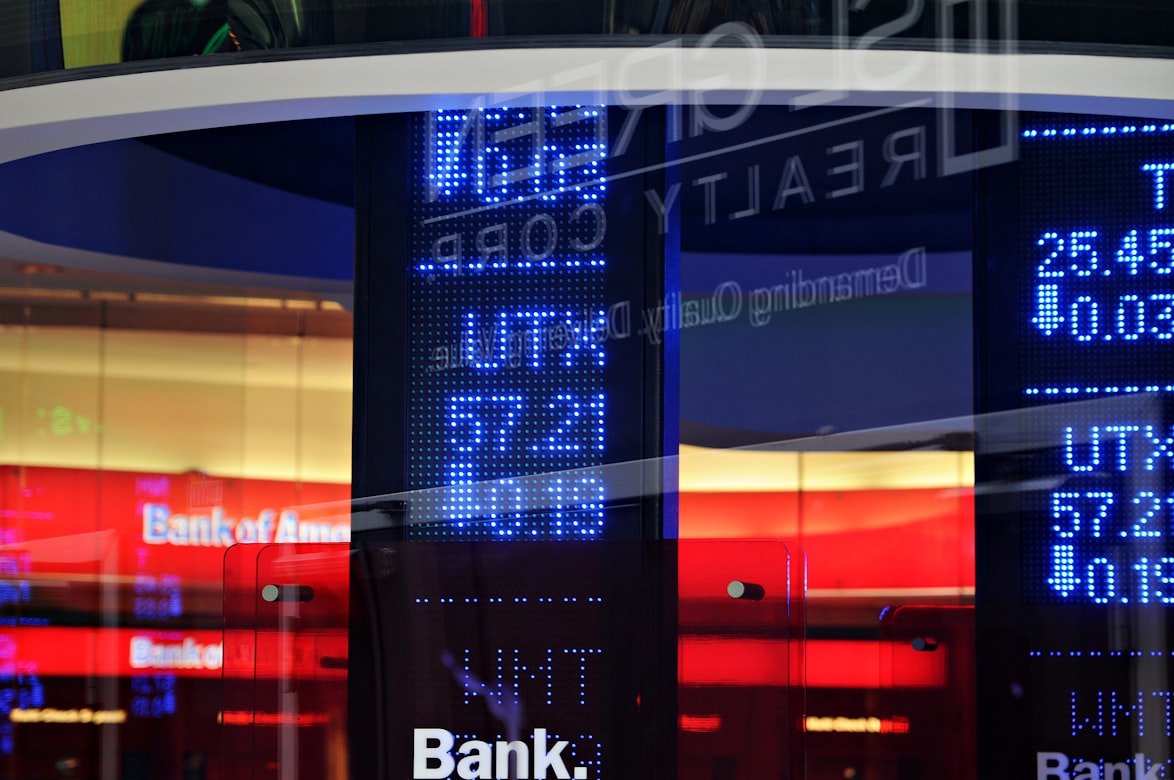Each of these currency pairs can be traded individually, but it is generally considered a more cost-effective strategy to trade an index.
As an example, let’s assume you have $5,000 to trade with. You could take your $5,000 and buy five separate currency pairs and hope for them to go up or down, or you could create an Index that tracks all of those individual pairs’ prices, allowing you to buy or sell all five pairs at once
Currency indices are useful for analysing currency trends and for finding the most liquid pairs. Indices that are based on the underlying prices of the most commonly traded currency pairs are useful for analyzing trends and for finding the most liquid pairs. The main indices include: – XAU, a weighted index that tracks the prices of gold and each of its major trading partners. – XAG, which tracks the price of silver and its major trading partners. – XDA, which tracks 30 major global stock markets, including Japan, United States and Canada. – XLU, which tracks the prices of utilities and its major trading partners. – XME, which tracks mining stocks and its major trading partners. – XRT, which tracks the prices of retailers and its major trading partners. – USX, which tracks the US dollar against all six currencies listed above. These indices are traded on most major currency exchanges around the world.
Each index is designed to include the top 10 currency pairs of those that are traded most. Each index is based on a large number of currency pairs, and its components are always monitored and adjusted following the trading dynamics. At present there are 5 indices, each with different capitalisation. All five indices are weighted according to relative value.
The index (or the combined value of an index) is quoted in Euro or US dollars, depending on the currency pair shown in the index chart. The indices do not have their own currency, as they take their price from the weighted average prices of component pairs.
Currency indices are used to track the changing value of foreign currencies relative to the US dollar. The indices are useful when analysing the strength or weakness of a specific currency against the US Dollar.
Each index is made up of a basket of currency pairs selected in accordance with a set of pre-defined criteria. Each index is calculated in real-time based on the most recent rates offered by major FX platforms and the data can be downloaded directly from our site.
The main indices within each category can be presented as both a regular index and an inverted index. The inverted versions simply reverse the direction of each currency pairing; for example, if EUR/USD was trading at 1.2345 in a regular index, it would be trading at 1.3455 in an inverted index.
Each index issues a total amount of shares and then tracks the prices of the corresponding currency pairs. For example, the EURP index will track the price movement of the EUR/USD and USD/EUR currency pair.
Indices’ prices are based on demand for shares by investors and traders. Shares are offered on the Forex.com platform during market hours, typically based on thirty-minute bars. The daily share volume is calculated and any excess or negative volume results in a corresponding change to the share prices of the indices. For example, if there is a large volume of demand for shares of an index, the corresponding price would increase to reflect this demand. This increase in share price acts as an indicator to other traders who may purchase or sell shares of that index upon seeing this movement in its price.
Indices’ share prices can be subject to market volatility due to uncertainty in the currency markets, daily news events and global financial markets. The indices are also unique in that their share prices are not fixed at any price, but fluctuate based on market share demand for each index. In addition, indices can be bought and sold only through Forex.com; brokers cannot access the indices due to their private stock structure

